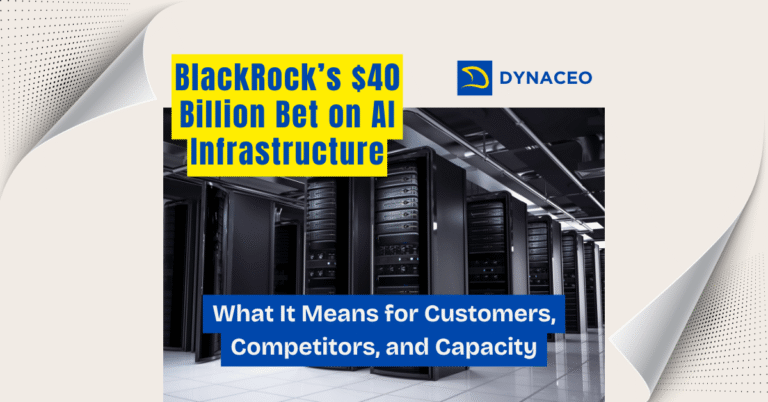Have you ever felt overwhelmed by the constant push to adopt new AI tools at work, questioning whether they truly enhance productivity or simply add to your workload? The increasing integration of artificial intelligence into our professional lives raises important questions about its role in shaping not just how we work, but who we are becoming as professionals and leaders.
The influence of AI tools in our lives is no longer a distant reality but a present phenomenon transforming how we work, think, and interact. From automated task management to algorithm-driven decision support systems, artificial intelligence has become deeply woven into the fabric of modern business operations. This increasing prevalence brings both unprecedented opportunities and unique challenges that deserve careful consideration.
Contents
The AI Dilemma: Understanding the Impact
In the age of rapid AI advancement, particularly with Large Language Models (LLMs), business leaders find themselves at a critical juncture. The pressure to integrate AI comes from multiple directions – competitive forces, efficiency demands, and genuine innovation needs. Yet beneath these practical considerations lie deeper questions about human identity and creativity in an AI-augmented workplace.
There’s a growing concern that in our rush to adopt AI, we might be sacrificing something fundamental. Are we thoughtfully integrating these powerful tools, or simply following a trend without questioning its implications? The challenge extends beyond mere technological adoption; it touches the core of how we express ourselves, make decisions, and lead our organizations.
The Human Element in an AI World
Despite valid concerns, the integration of AI into business processes hasn’t diminished human capability – rather, it has highlighted our unique strengths. Human creativity, stemming from our emotions, experiences, and imagination, produces perspectives that AI cannot replicate. Our ability for abstract thinking, emotional intelligence, and complex reasoning remains unmatched by artificial systems.
The key lies in understanding AI not as a replacement for human intelligence, but as a powerful augmentation tool. When properly leveraged, AI can enhance human creativity rather than suppress it. For instance, while AI can process vast amounts of data to identify patterns, it takes human insight to interpret these patterns within broader business contexts and make strategic decisions that consider both quantitative and qualitative factors.
The path to successful AI integration requires a delicate balance. Organizations must address several critical considerations:
- The efficiency paradox demands careful attention – while AI tools promise increased productivity, their implementation can initially add complexity to existing workflows. Leaders must ensure that the drive for efficiency doesn’t compromise the quality of decision-making or the development of essential human skills.
- The preservation of human judgment becomes increasingly crucial as AI capabilities expand. While artificial intelligence excels at processing data and identifying patterns, human oversight remains essential for ethical considerations, creative problem-solving, and understanding nuanced business contexts that machines cannot fully grasp.
- Companies must also address the risk of skill atrophy. As AI takes over certain tasks, organizations need to actively maintain and develop their human capital, ensuring that core competencies aren’t lost to automation. This requires intentional effort in training and development programs that emphasize uniquely human capabilities.
Charting the Path Forward
The future of business leadership lies not in choosing between human intelligence and artificial intelligence, but in creating a symbiotic relationship between the two. Success in this AI-enhanced era requires leaders to:
- Foster an environment that values both technological efficiency and human creativity. This means creating spaces where AI augments human capabilities rather than replacing them, and where innovation springs from the combination of machine efficiency and human insight.
- Invest in continuous learning and adaptation. As AI capabilities evolve, organizations must ensure their workforce remains agile and capable of working alongside these technologies while maintaining their unique human advantages.
- Maintain ethical oversight and human-centered decision-making. While AI can provide valuable insights and recommendations, final decisions should reflect human values, ethical considerations, and long-term organizational vision.
The Integration Imperative
In today’s rapidly evolving business landscape, the integration of AI is not optional – but how we integrate it is entirely within our control. The most successful organizations will be those that can harness AI’s potential while preserving and nurturing the irreplaceable aspects of human intelligence and creativity that drive true innovation and leadership.
The goal isn’t to compete with AI but to leverage it in ways that amplify our uniquely human strengths. By thoughtfully integrating artificial intelligence while maintaining focus on human development, organizations can create a future where technology and human capability work in harmony, driving unprecedented growth and innovation.
As we navigate this transformation, remember that AI is a tool created to serve human needs and goals. The challenge – and opportunity – lies in harnessing its benefits while preserving the essential human elements that make business leadership truly effective: empathy, creativity, ethical judgment, and strategic vision. In this balanced approach lies the key to successful leadership in the age of artificial intelligence.








